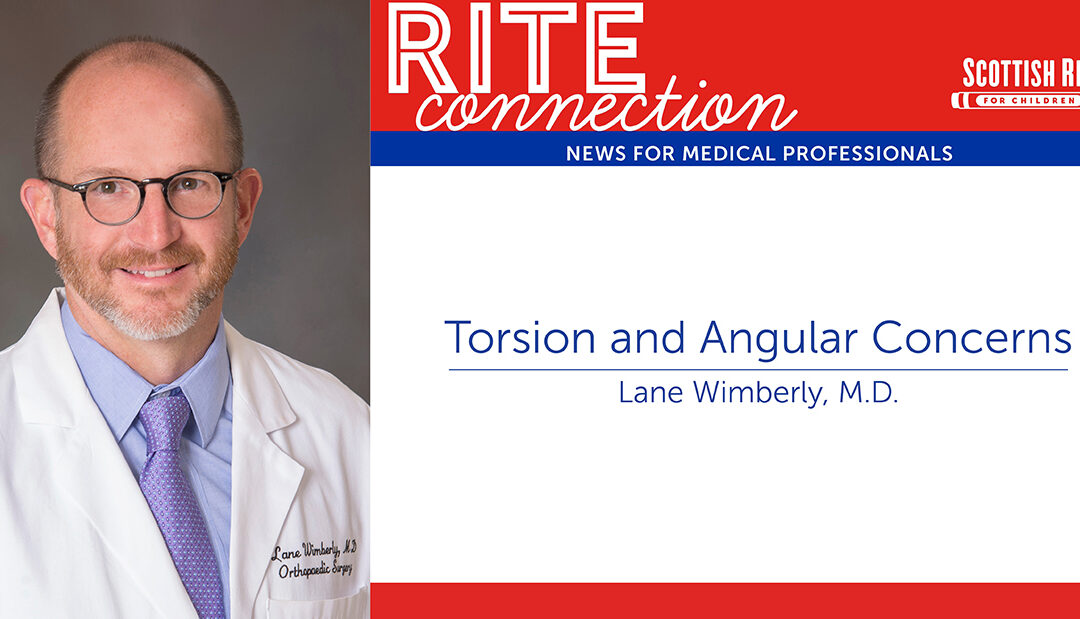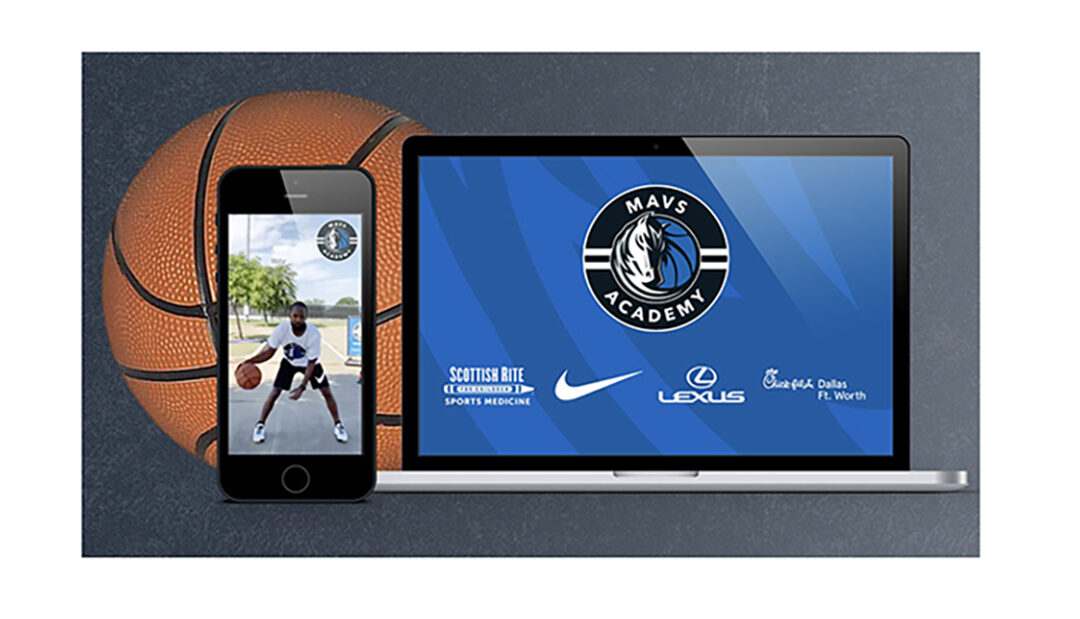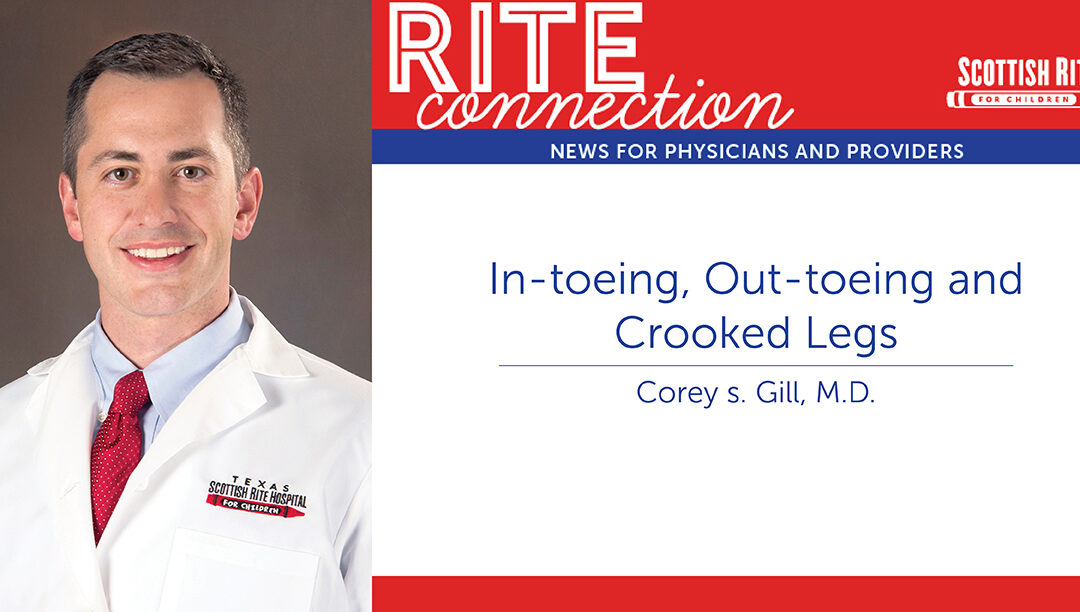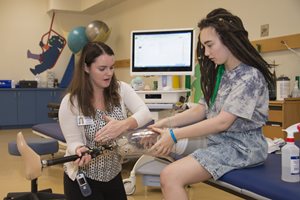
Torsion and Angular Concerns: Treatment Options and When to be Concerned
This article was recently published in the Pediatric Society of Greater Dallas newsletter. Committed to improving orthopedics care of pediatric patients in all settings, Scottish Rite for Children specialists are regular contributors to this publication for local pediatricians.
Torsional and angular concerns are common in pediatrics and are often referred to a pediatric orthopedic surgeon for evaluation. An understanding of the normal physiologic changes in typically developing children will provide the practitioner some confidence in discussions with families. While many providers are willing to tell parents the concerns are “physiologic,” this “diagnosis” often leaves the family wondering what is causing the deformities. It is beneficial to demonstrate to parents the source of the difference, discuss the natural history and explain the timeline for improvement.
In-toeing, also known as an internal foot progression angle, is usually caused by metatarsus adductus, tibial torsion and/or femoral anteversion. Typically, metatarsus adductus is seen in infants and is a medial deviation of the midfoot and forefoot on the hindfoot. In most situations, this is a flexible deformity and can be managed by observation alone. Some providers choose to use reverse-last shoes to provide some stretch to the foot, but these are unnecessary in almost all children. More concerning foot positions may be characterized by a deep medial crease, inability to passively push the foot to neutral alignment or a deformity associated with equinus (limited ankle dorsiflexion). If there is worry that the foot position is relatively stiff, referral to a pediatric orthopedic surgeon is reasonable. Once ambulation and shoe wear begin, many of these flexible differences will have resolved.
Physiological internal tibial torsion (Fig. 1) becomes more clinically obvious when children begin walking. A cover-up test on examination (Fig. 3 and 4) will show the proximal tibia is in a neutral alignment with the femur and an obvious bow and rotation of the leg is seen below the knee. The tibial deformity is thought to be due to intrauterine positioning and therefore subtle differences between sides are common. Because of the tibial bow, the child will often appear to be bow-legged (knee varus) as he will widen his stance to reduce foot tripping during walking (Fig. 2). The family can be expected to see spontaneous physiologic improvement by the age of 6-7 years. Be careful when telling families to expect rapid improvement or resolution at preschool ages. Bracing, physical therapy, and other treatments are not indicated in most patients and have never been shown to definitively influence outcome. Should there be obvious asymmetrical torsion or asymmetrical resolution, referral for an evaluation of Blount’s disease would be warranted.
Increased femoral anteversion is normal in infants as physiologic changes are expected in typically developing children. This increased version becomes more clinically relevant as a source of intoeing in the older, preadolescent population. Typical development demonstrates a change in femoral anteversion that continues to improve until early teenage years. In normal femurs, there is 15-20 degrees of femoral anteversion in adults. Femoral anteversion is demonstrated in gait with an internal foot progression angle and families and patients will often notice internally rotated patellae or an ability to sit in the W position. Physical therapy and bracing have not been shown to be effective treatments. Rarely, for teenagers with significant residual femoral anteversion, osteotomies can be performed to improve alignment.
Bowlegged and knock-kneed appearances also may be of concern to families in growing children. In typical growth, children are often born with varus knees (bowlegs) that change to a neutral alignment at approximately 2 years of age and then naturally enter a knock knee (valgus) appearance that can be maximal at 4 years of age. It is advisable to tell families, if the child is seen before 4 years of age, to expect a worsening appearance prior to improvement. A concerned family could take a photograph of the child standing and compare images every six months or so to track changes. Typical adults have approximately seven degrees of valgus and children can be expected to have this appearance by age 7. For these coronal plane differences, asymmetry or failure to demonstrate physiologic improvement are indications to refer to a pediatric orthopedic surgeon.
Physiologic differences in lower extremity alignment are common sources of parental worry. Understanding normal development allows the provider to confidently assuage the concerned parent (and grandparent).





